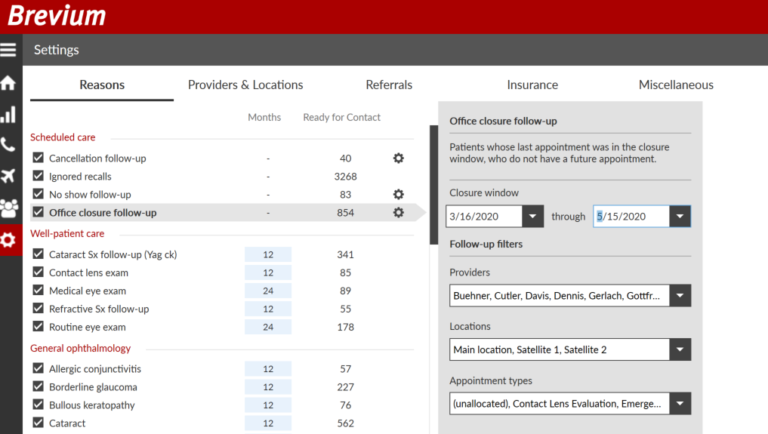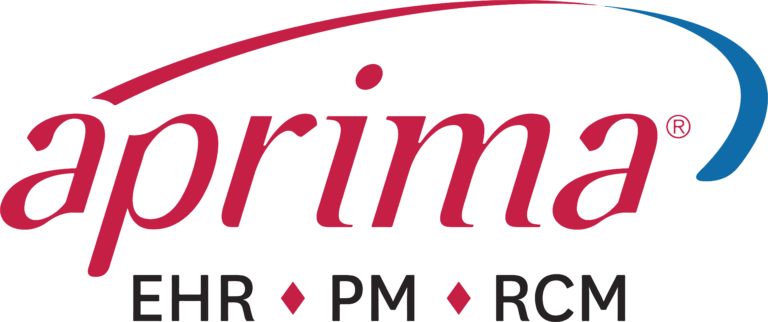The Brevium Blog

Three Ways to Combat Inflation in Your Medical Practice
Your practice is not immune to the effects of inflation. McKinsey expects profit margins for providers to shrink by as much as 2.8 percent due to increasing labor and supply costs while adjustments to reimbursements will lag by up to three years [1] You are probably already feeling some of the effects, especially as COVID-related burnout is pushing health care workers to leave the workforce through retirement or career changes. This is pushing your costs to retain or replace workers up dramatically, while your reimbursements are stagnant. You don’t have control over the workforce, but you can steel your practice financially to deal with your rising costs without sacrificing your profit margins or the care you provide.
1. Understand Your Practice Finances Intimately
When the economy is humming along, your calendar is full and reimbursements are flowing in, you might not be too concerned about some of the intricacies of your finances. But if this scenario ever described your practice, the day has come to focus on the details. Your practice management system likely provides a number of reports that tell you the health of your pocketbook. If you haven’t been reviewing them regularly, learn what reports are available and have the appropriate office staff learn how to access and use them, either through tutorials or vendor-provided classes. Here are some of the basic gauges you should be watching:
- Daily production totals, including the types of procedures that were performed and whether they were billed correctly.
- Accounts receivable for each provider. Track these at least monthly and make adjustments if there are large differences among providers.
- Monitor these closely, as collections that go more than 30 days past due are at high risk to become uncollectible.
2. Harness Your Expenses
You can’t control when some of the costs for supplies increases, but you can take steps to reduce your expenses. Your most costly expense is likely staffing. Start here by automating the manual responsibilities of your staff, things like scheduling, billing and collections. If your staff is still making phone calls to schedule patients, look in to automating this with a self-scheduling portal, texts reminders for appointments and emails. You should also switch all paperwork to digital electronic health records (EHRs) and practice management software. Your management system will not only reduce manual tasks, but it will also reduce billing and coding errors.
3. Get Into the Negotiation Mindset
Don’t be afraid of negotiating. This is business, and negotiations are a standard business practice. Negotiations don’t have to be confrontational. In fact, they shouldn’t be. Your negotiations should be friendly, everyday deal-making, whether you are working with an insurance company or a supplier. Start your negotiations from a position of strength by doing your homework first. Make sure you have a contact to work with, and know that person’s name. Fully understand your monthly spend amounts, know what your competitors pay and know what the vendor’s competitors charge.
Start with an overall battle plan. Figure out what costs you want to reduce first and how you will go about it. Put the bigger vendors highest on your list. Bigger, older companies are more likely to work with you than smaller ones. Next, identify your largest spending categories and the most likely to be reduced through negotiations. For example, you might start with software subscriptions followed by lab supplies. [2]
Inflation appears to be a beast we will live with for some time, but you can take steps to protect your practice by educating yourself on your practice’s finances, knowing where you can control expenses, and working with your vendors to ease the pressures of inflation.
Show me how Brevium can help me reduce the cost of patient acquisitions














